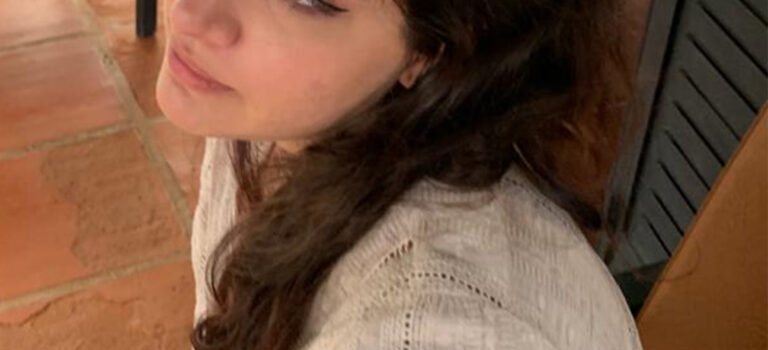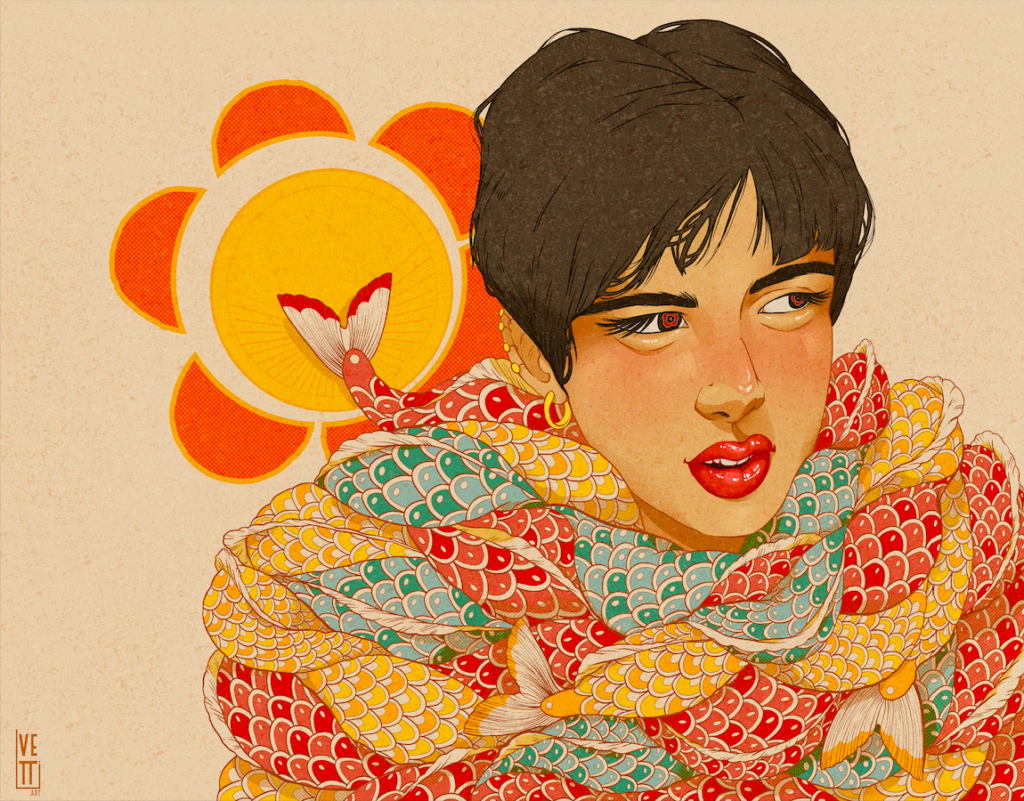
Soojin J. Kim is a multidisciplinary artist who works and lives in Korea and the U.S. Her interest in food as a subject started from the memory of her father and has begun to transcend into the investigation of social and cultural meaning embedded. American sweets during Korean War in the 1950s are her most researched subject. For her, it is the indication of the loss of her father and a signal of the disappearance of traditional values in Korea due to the spreading of pop culture influenced by the United States.
This interview was conducted by our Art Editor Ashley Gaskin via email. Keep reading to learn more about Soojin’s history and how she incorporates it into her art. To see more of her work, check out her website and Instagram!

2×66, Conte Crayon on Paper, 2021
Ashley Gaskin: In your bio, you said that your memory of your father and his Korean War experience fueled your affinity for American sweets. Can you talk a little more about that?
Soojin Kim: During the Korean War (1950-1953), most Koreans including my father’s family became refugees. The country was really poor even before the war and the war made it worse. The U.S. was the biggest portion of the UN Army that helped South Koreans fight against North Korea, China, and Russia during the Korean war. When the war was over, my father was about 5 years old, enough to remember during and the post-war hunger.
One of his favorite stories to tell me (He told me more than thousands of times) was how he was good at running after and speaking in English to G.I.s to get American candies. Each time he didn’t forget to mention that American candies are the best.
For as long as I remember, he always carried candies and chocolates in his shirt pocket every day. It’s a bit funny and sad at the same time for me to say that when my father died, he didn’t have any of his own teeth left. I can’t think of my father without American sweets.
AG: You also mention that you studied electrical engineering before switching to art, has the idea of pursuing art always been something in the back of your mind, or did you have an experience that pushed you toward pursuing art?
SK: My father was really good at drawing cartoons. My mom said that she fell in love with him because of his love letters filled with cartoons. When I was young, I spent a lot of time with my father drawing and painting together. Both my father and I didn’t think of pursuing it as a career but art was always with us.
AG: I saw on your website that you are very involved in your community. There are many pictures of you leading kids’ to make art related to food and other instances where you brought people together through art and food. Can you describe what your community means to you and how you became involved in it?
SK: When I came to the U.S., diversity became a substantial issue in my life for the first time, since South Korea was an extremely homogeneous country. Since then I always thought it would have been nicer to experience different cultures earlier.
So, as a Korean artist who resides in the U.S, I thought maybe it’s my role to provide a bit different cultural experience to the community. I enjoy working with children talking about art and food and learning from each other the way how American sweets came across to my father’s heart.
AG: I noticed that you draw Oreos primarily. What is your drawing process like?
SK: I break Oreos first. Hammering and taking pictures of them is the ritual before I start the drawings. I have a photo library of hundreds of cracked Oreo images. I make compositions by picking cracked Oreos from my image library. I seek balance, harmony, and contrast between black and white like in Asian ink drawings. The rest of it is rendering an image using a Conte crayon on heavy texture paper. Paper texture is essential to creating a cookie illusion.
AG: Are there any projects that you are working on or plan to work on that you would like to discuss?
SK: I am working on the artist’s books and media installations to present the historical narratives behind my work. Like the stories of my father can become an illustrated book at some point. I also looking into my memories with other family members. Some mysteries got solved just because I am old enough or because I learned the cultural & historical background like my father’s obsession with American sweets. Those are my interest, and I would like to make a visual presentation of them.
AG: What advice do you have for aspiring artists?
SK: There are many different ways to be an artist. For me, listening to my true voice and to express is my ultimate goal as an artist. I can suggest the same thing to aspiring artists if they are interested in my kinds of art. Listen to your voice and find the right medium that you enjoy working with will do the job.



